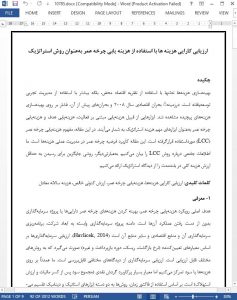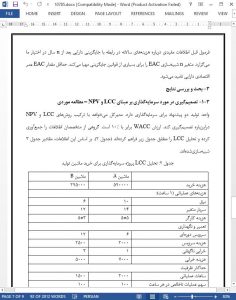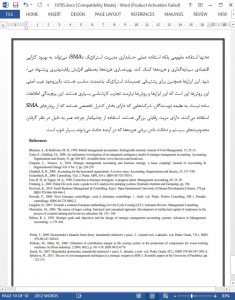Abstract
Costs optimization is further developed not only by the pure economic theory but more with practical management. In the context of the economic crisis 2008 and the previous crises we do observe the pressure on the sophisticated cost optimization. Into the important strategic costs tools belong Activity Based Costing, Target Costing, Life Cycle Costing. We use these methods for optimal costs management, observation, and the costs minimization. In the article we applied the concept of Life Cycle Costing (LCC). This is an application of Life Cycle Hypothesis into the practical costs management. We present comprehensive information about the LCC method. In the other words, to provide and present the alternative approach how to achieve long term minimum value of total costs from strategic point of view.
1. Introduction
The main goal of the Life Cycle Costing approach is to optimize life cycle costs of the assets or investment project without loss their performance. The scope of investments project is dependent on the company size, its investment planning and financial or other resources Havlicek (2014). The evaluation of investments is made on the decisive criteria (rate of return, risk, repayment period, etc.) which can be evaluated by several methods. The investment evaluation can be explored from several points of view. We mainly focus on costs or profit but the widely used criterion is Cash Flow (sum of profit after tax and value of depreciation). If the time factor is used or no the methods are divided on static or dynamic tools. E.g. The Net Present Value Method (NPV) is considered to be the most widely used method.
4. Conclusion
This article has described how to choose the most efficient Project based on NPV. The main attention was focused on this most widely used method which is supporting the decision making. However, the authors are going to research the similar consequences of other methods for economic evaluation and investment decision making.
In general, we say that the using of mentioned methods is very helpful in practice. But there is a small paradox, because of the companies have not used them often and regularly. It is caused by a few existing limitations for instance the complexity of information and the difficulties of data collecting.











